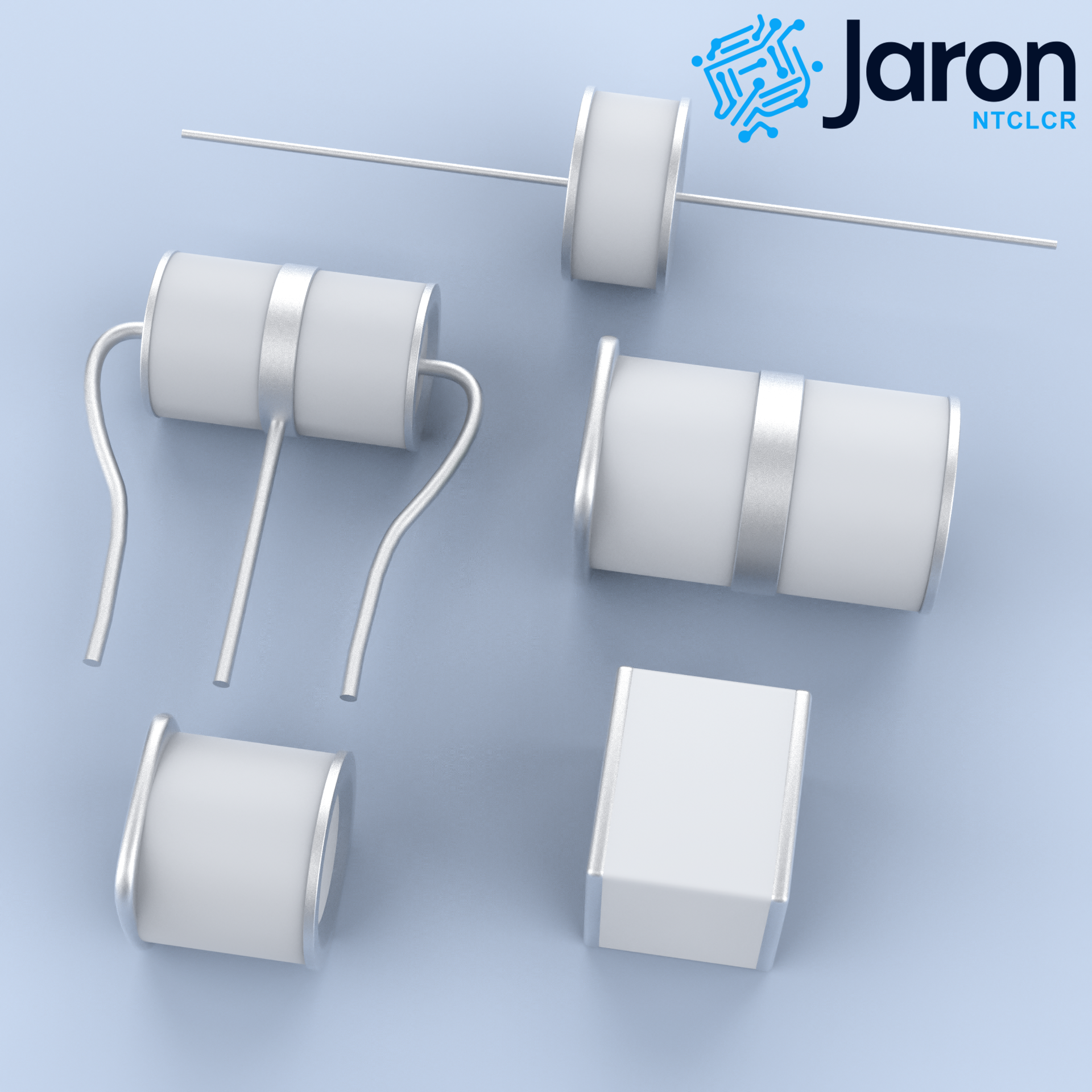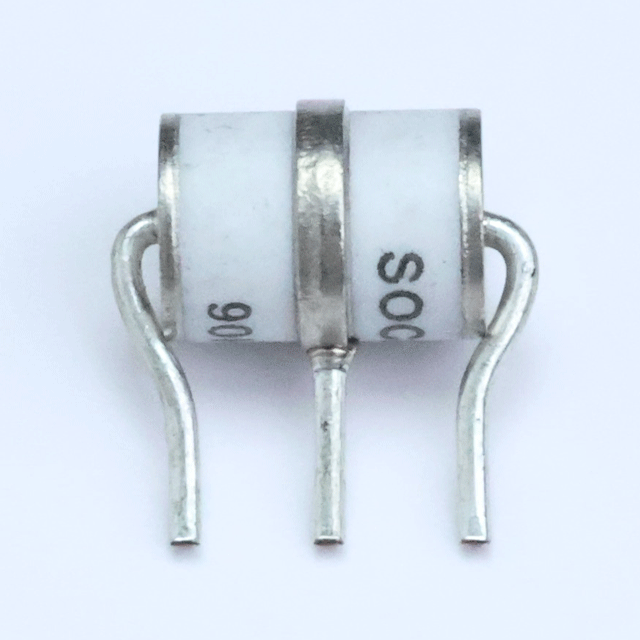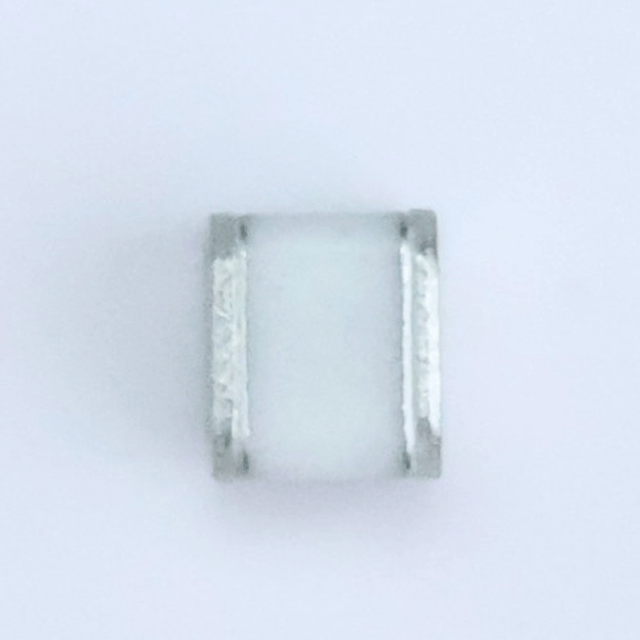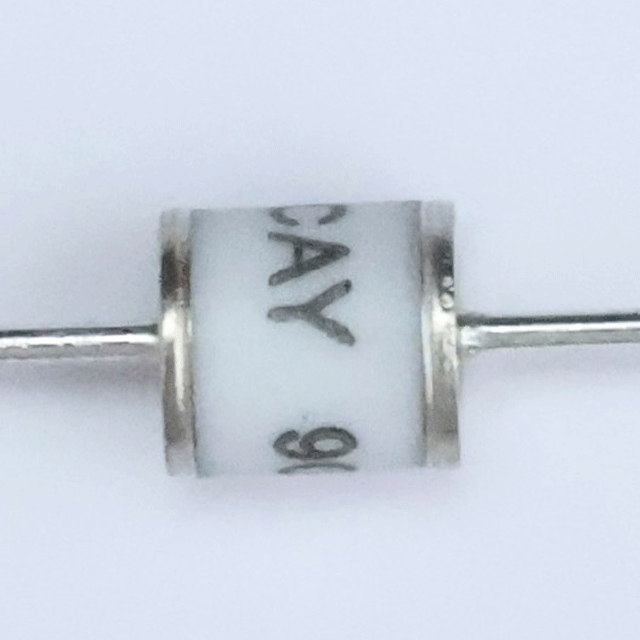A comprehensive overview of Gas Discharge Tubes (GDTs), covering structure, features, applications, and selection tips for surge protection in telecom, power, and industrial systems.

1.Overview
Gas Discharge Tubes (GDTs) are gap-type overvoltage protection components widely used in communication, power supply, and signal systems. They are designed to discharge lightning surges, induced overvoltage, and electrostatic discharges (ESD), thereby protecting sensitive electronic circuits. Common types include two-electrode and three-electrode GDTs, typically enclosed in ceramic housings, hence also known as ceramic discharge tubes.



2. Working Principle
GDTs are filled with inert gases such as neon, argon, or krypton. When the voltage between electrodes exceeds the breakdown threshold, the gas becomes ionized and conductive, forming a low-resistance path that diverts the surge current to ground. Once the overvoltage condition subsides, the gas deionizes and returns to an insulating state, allowing the circuit to resume normal operation.
3. Key Features
High voltage tolerance: DC breakdown voltage ranges from tens to thousands of volts.
High surge current capability: Can handle thousands to tens of thousands of amperes.
Extremely low leakage current: Insulation resistance reaches GΩ levels under normal conditions.
Low parasitic capacitance: Typically under 1 pF, ideal for high-speed communication ports.
Self-restoring characteristic: Automatically returns to high-resistance state after surge, without affecting signal transmission.
4. Typical Applications
Lightning protection for communication lines: Telephones, ADSL, optical fiber, Ethernet interfaces.
Power supply protection: DC distribution systems, switch-mode power supplies, UPS systems.
Industrial automation equipment: PLC control units, relay inputs.
Outdoor-exposed ports: Surveillance devices, antenna systems, traffic control terminals.
5. Multistage Protection Strategy
To achieve comprehensive surge protection, GDTs are often used in combination with the following components:
|
Component type |
Function |
Installation method |
|
Variator (MOV) |
Absorb residual energy and suppress mid-term freewheeling |
Use in series |
|
Transient suppression diode (TVS) |
Quick clamping to protect high-frequency or electrostatic sensitive devices |
Use in parallel |
Typical setup: GDT in series with MOV and parallel with TVS is a common three-level surge protection configuration for outdoor power or signal interfaces.
6. Selection Guidelines
DC breakdown voltage: Should exceed the maximum operating voltage to prevent false triggering.
Impulse discharge voltage: Should be lower than the withstand voltage of protected equipment to ensure timely activation.
Holdover voltage: Should be higher than the circuit's sustaining voltage to avoid follow current.
Grounding design: The discharge path should be as short and thick as possible to ensure low impedance and minimize ground potential rise.
Thermal failure protection: For prolonged overvoltage, internal heating may occur; a thermal fuse or failure protection mechanism is recommended.
7. Precautions and Limitations
Slower response time than TVS or MOV, typically in the nanosecond range or longer.
Not suitable for high-frequency transient suppression such as ESD; TVS is preferred for such applications.
Risk of follow current requires MOV to quench the arc effectively.
Performance may degrade with repeated surges; consider rated life cycle and current capacity during selection.
8. Conclusion
With high voltage tolerance, large current handling, low leakage, and excellent insulation, GDTs are widely used in lightning and surge protection. When combined with MOVs and TVS diodes in multistage configurations, they greatly enhance a system's immunity to surges, making GDTs a crucial component in modern circuit protection design.